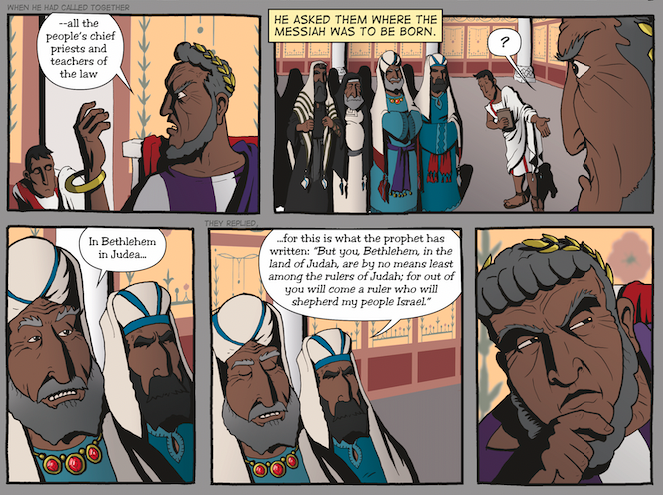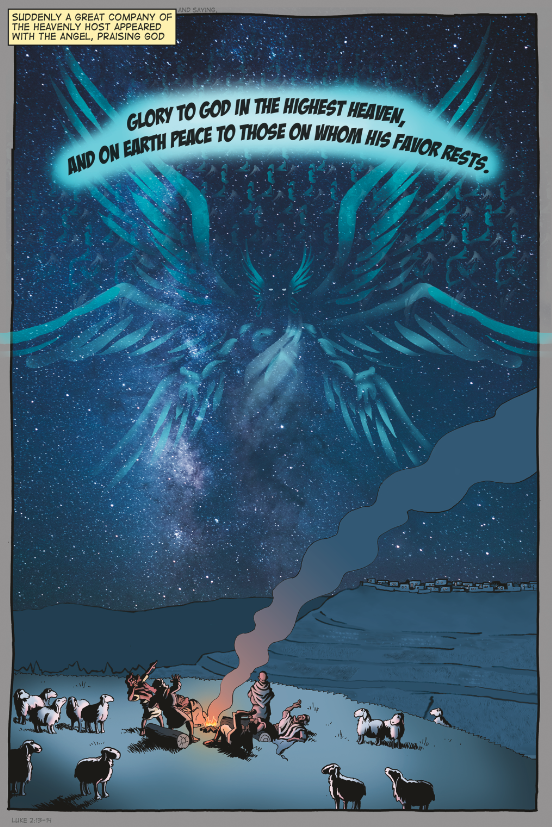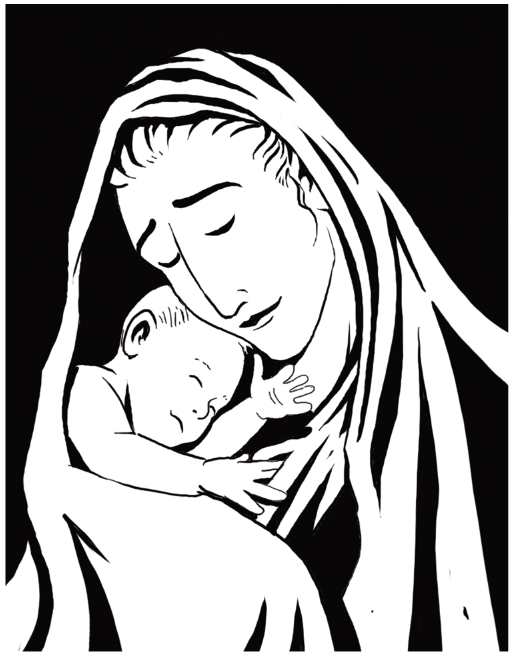Was Jesus born on December 25?
A popular theory about why Christmas is celebrated on December 25th is that in the early years, the Pope intentionally placed the Christian holy day over an established Pagan celebration to replace it. However, there are problems with this theory, most significantly that the proposal of the birth of Jesus as the 25th of December predates the establishment of the coinciding festival, 'Dies Natalis Invicti', the birth of sun god, Sol, by the Roman emperor Aurelian in 274 AD.
This topic is confusing, however, as many superficial festive traditions like Christmas trees, flying reindeer, Yule logs, mistletoe etc, do reflect pagan/druidic customs, which has reinforced the idea that the date must have pagan roots too.
While it is uncertain exactly why December 25th was proposed, it is certainly not the day Jesus was born. One compelling theory is that the early church fathers believed Jesus was conceived on the same calendar day as his death. In the Jewish calendar, the crucifixion was on the 14th of Nisan. Converting that date to the Roman (solar) calendar gives March 25th, exactly nine months before the supposed birth date. Interestingly, the Eastern Church equated the 14th of Nisan with the 14th of Artemisios, the first spring month of the Macedonian calendar (April 6), which led them to name January 6th as the birth date of Christ, apparently by the same method.
Obviously, the Bible does not specify the date of Jesus’ birth, but many scholars believe the shepherds being present in the field at night (Luke 2:8) indicates the Spring lambing season or at least the milder Summer months, as do the travel expectations imposed by the great Roman census (Luke 2:1). This ties in with some of the earliest datings recorded by Clement of Alexandria (c. 150 – c. 215 AD) “There are those who have determined not only the year of our Lord’s birth but also the day, [...] the 25th day of Pachon [Egyptian calendar = May 20] … Further, others say that He was born on the 24th or 25th of Pharmuthi [April 20 or 21].”
Therefore, the date of Jesus' birth is unknown, and while the Spring and Summer months seem more likely, based on the gospel text, the traditional mid-winter date is not impossible. For more information, please read "How December 25 Became Christmas" by Andrew McGowan (biblicalarchaeology.org)
This article is an extract from our new Christmas nativity graphic novel. Find it in our online store : https://www.wordforwordbiblecomic.com/buy








































